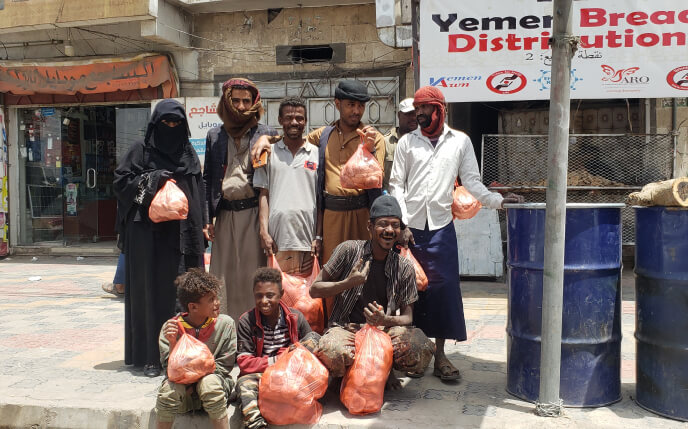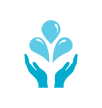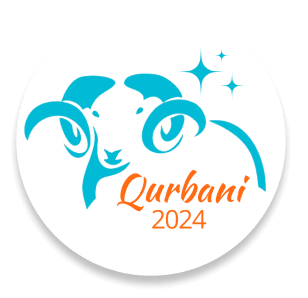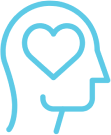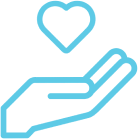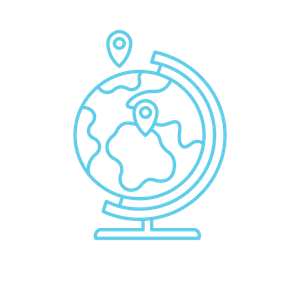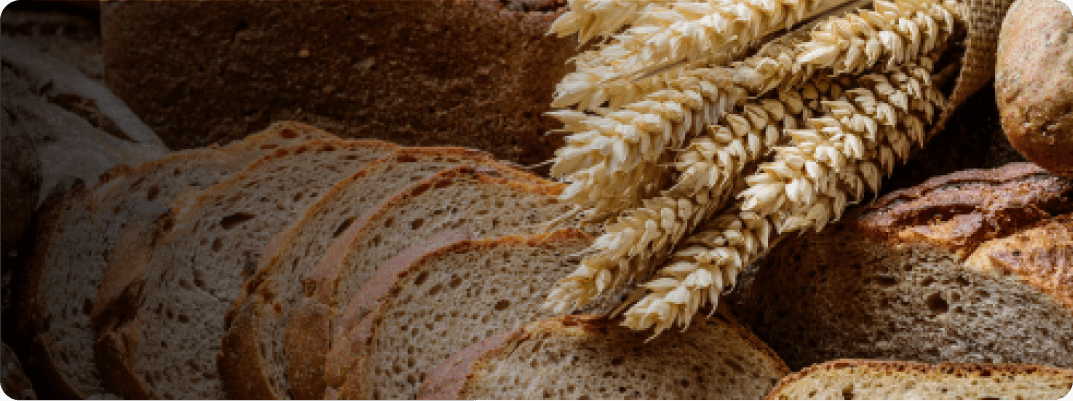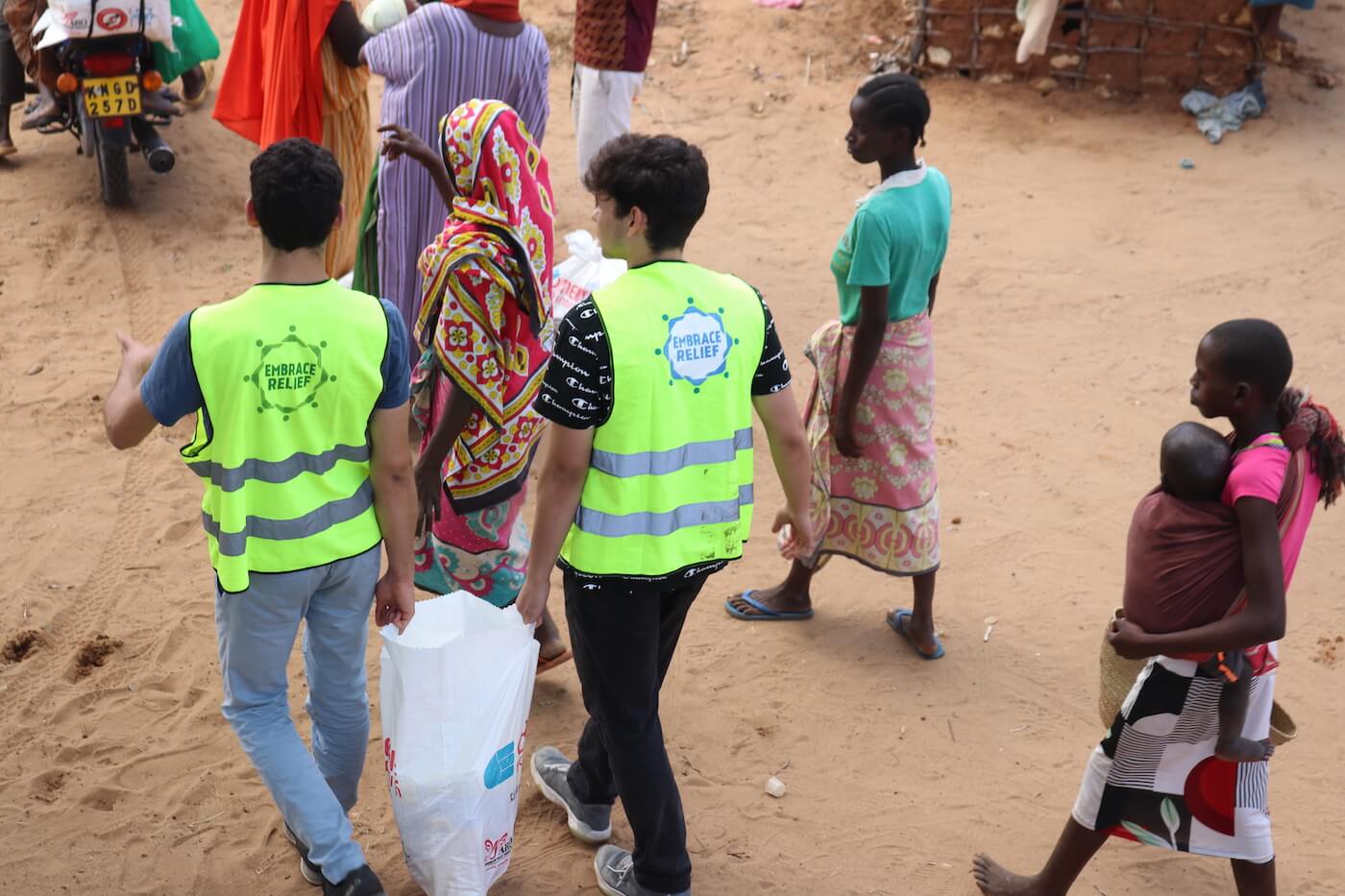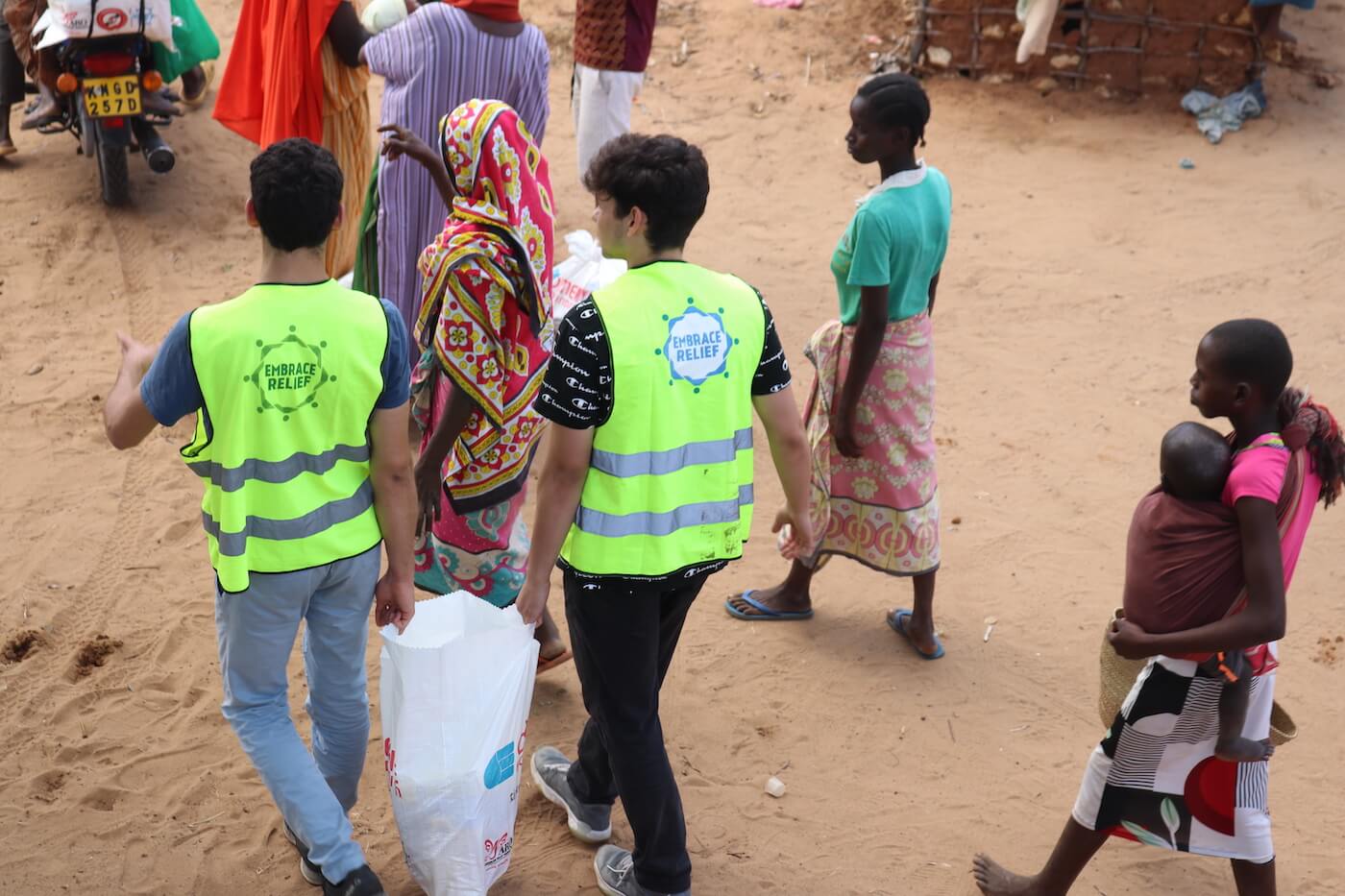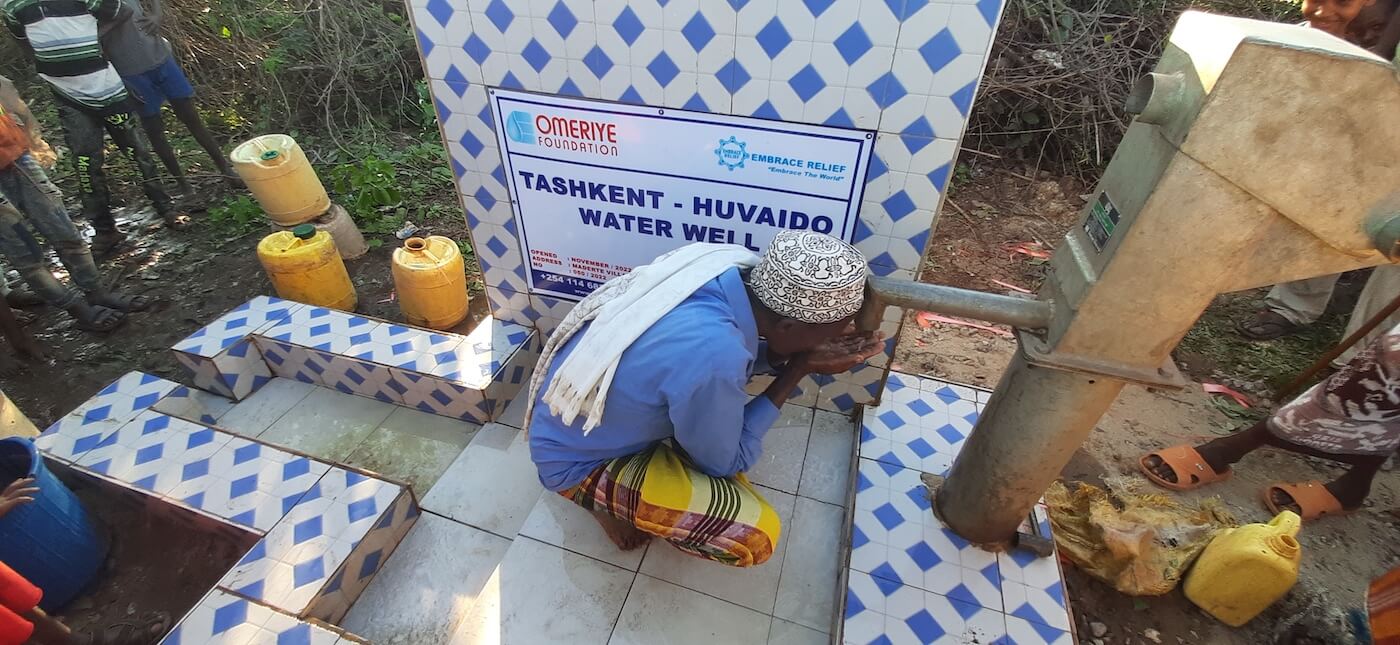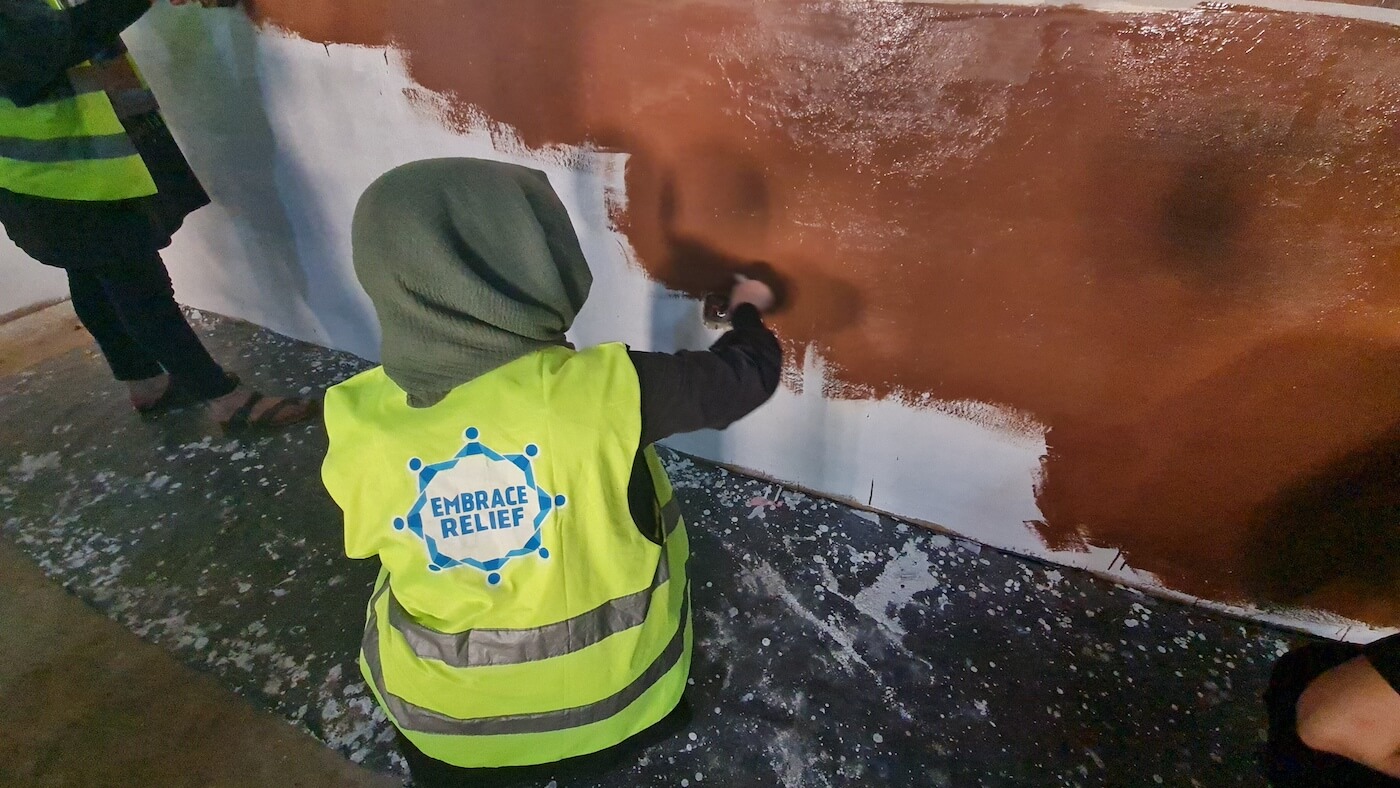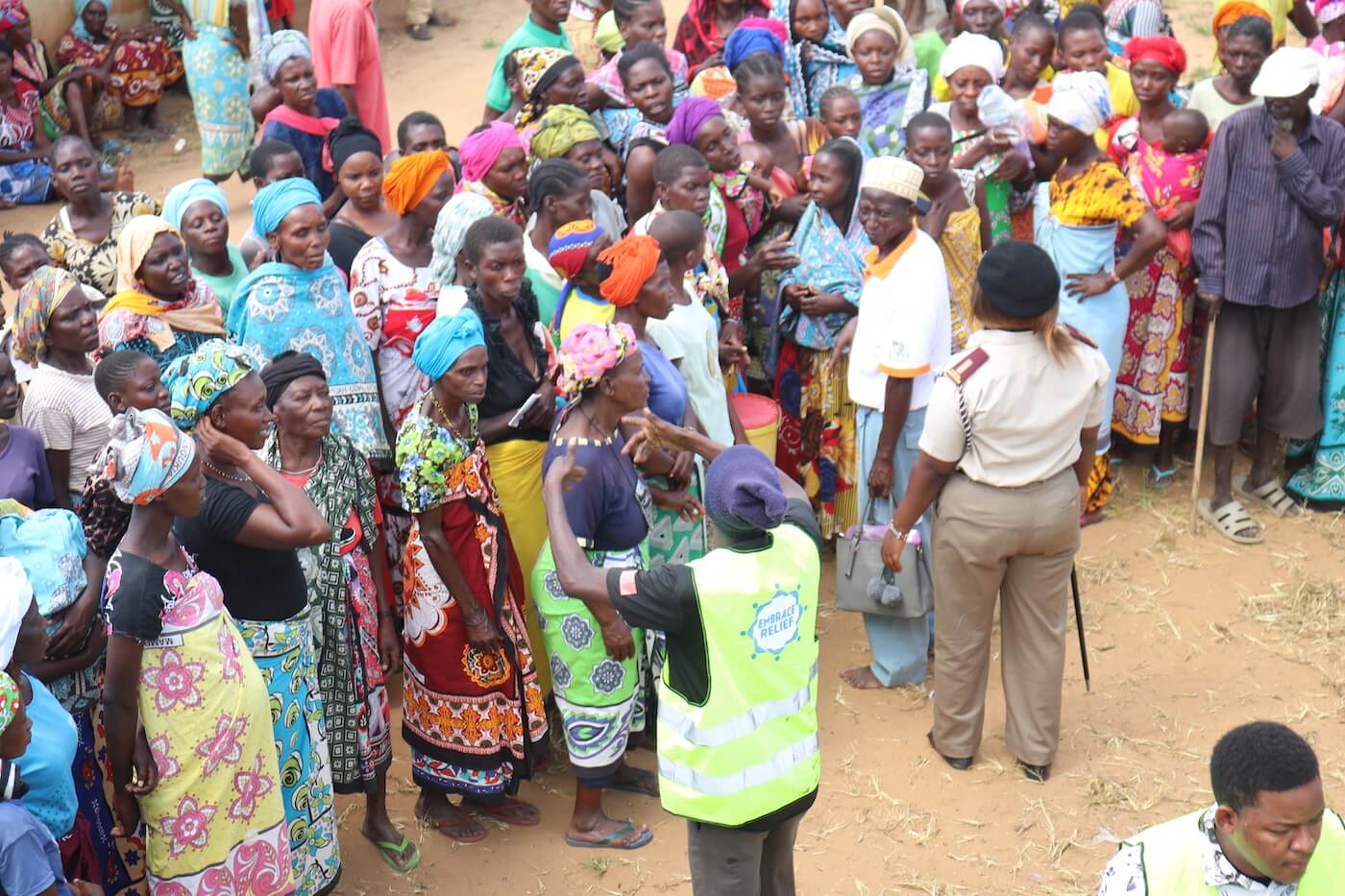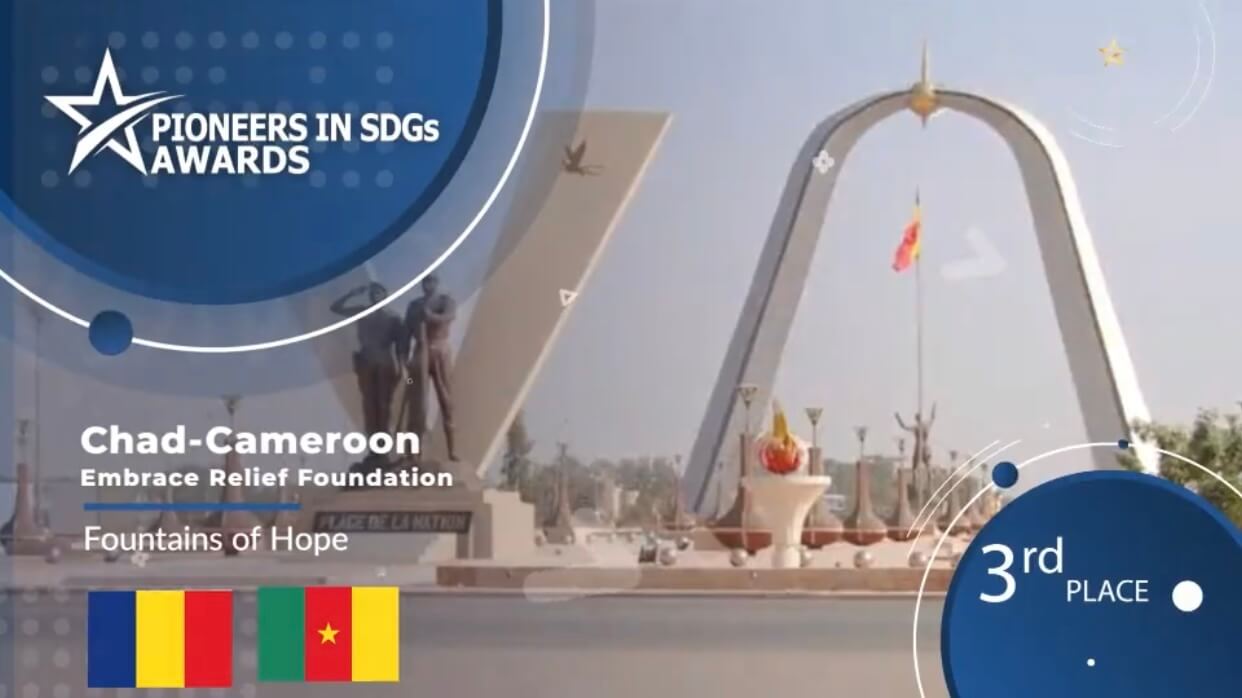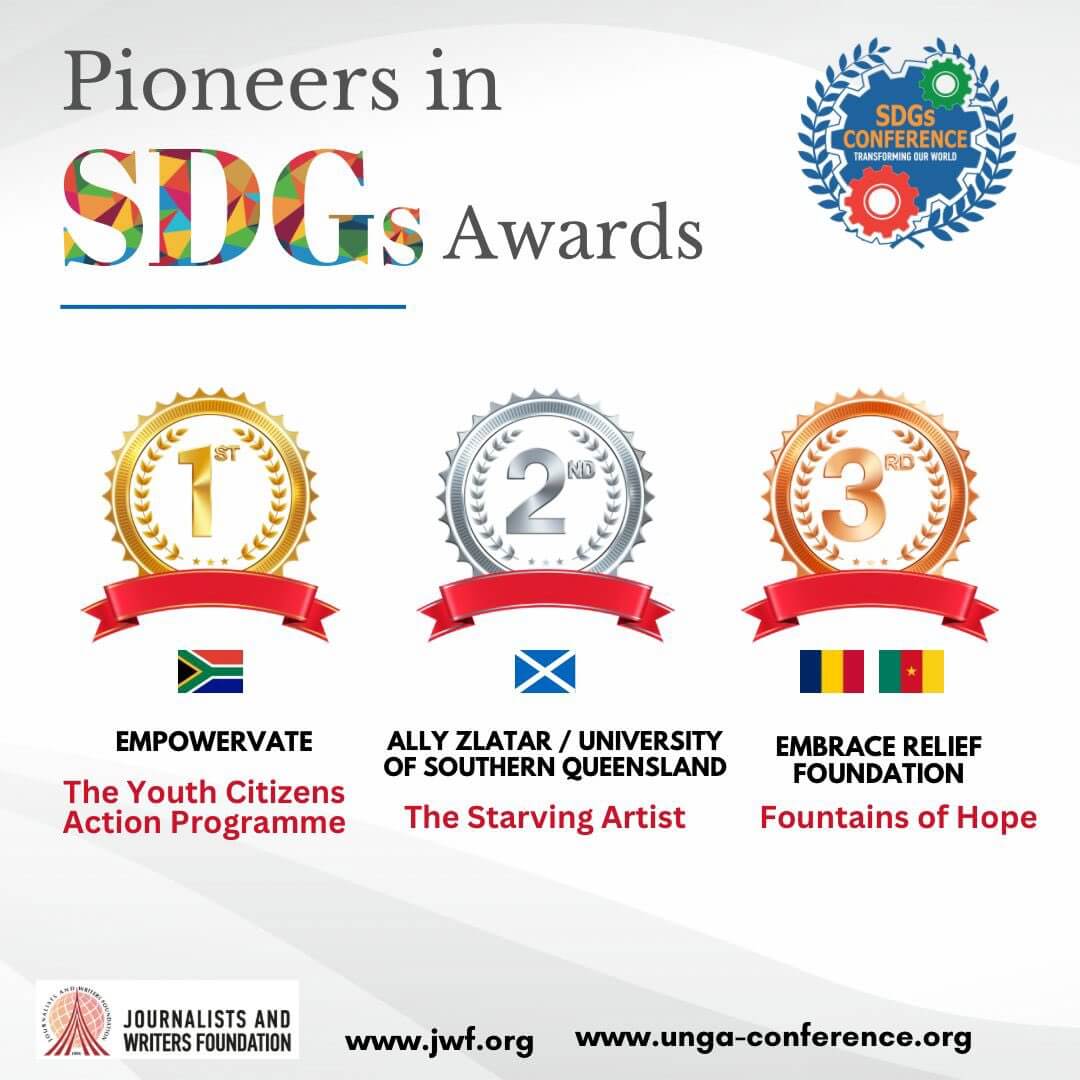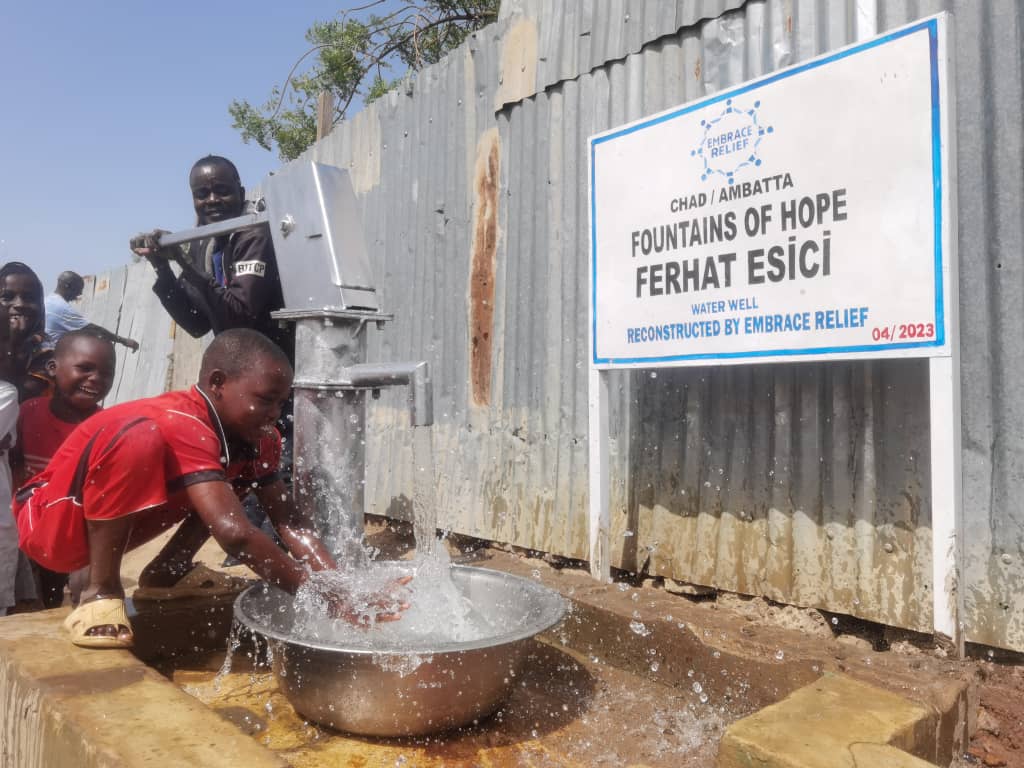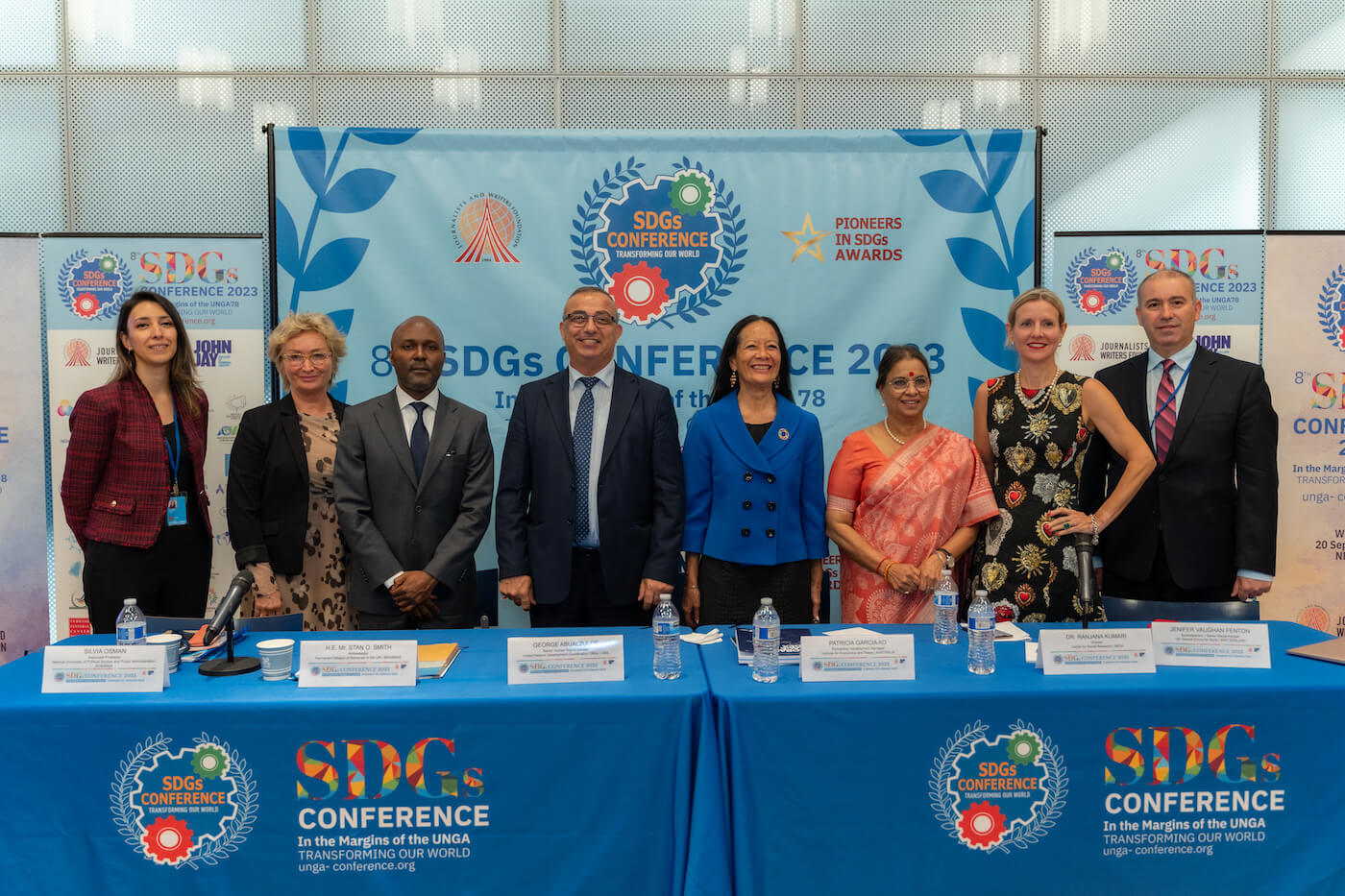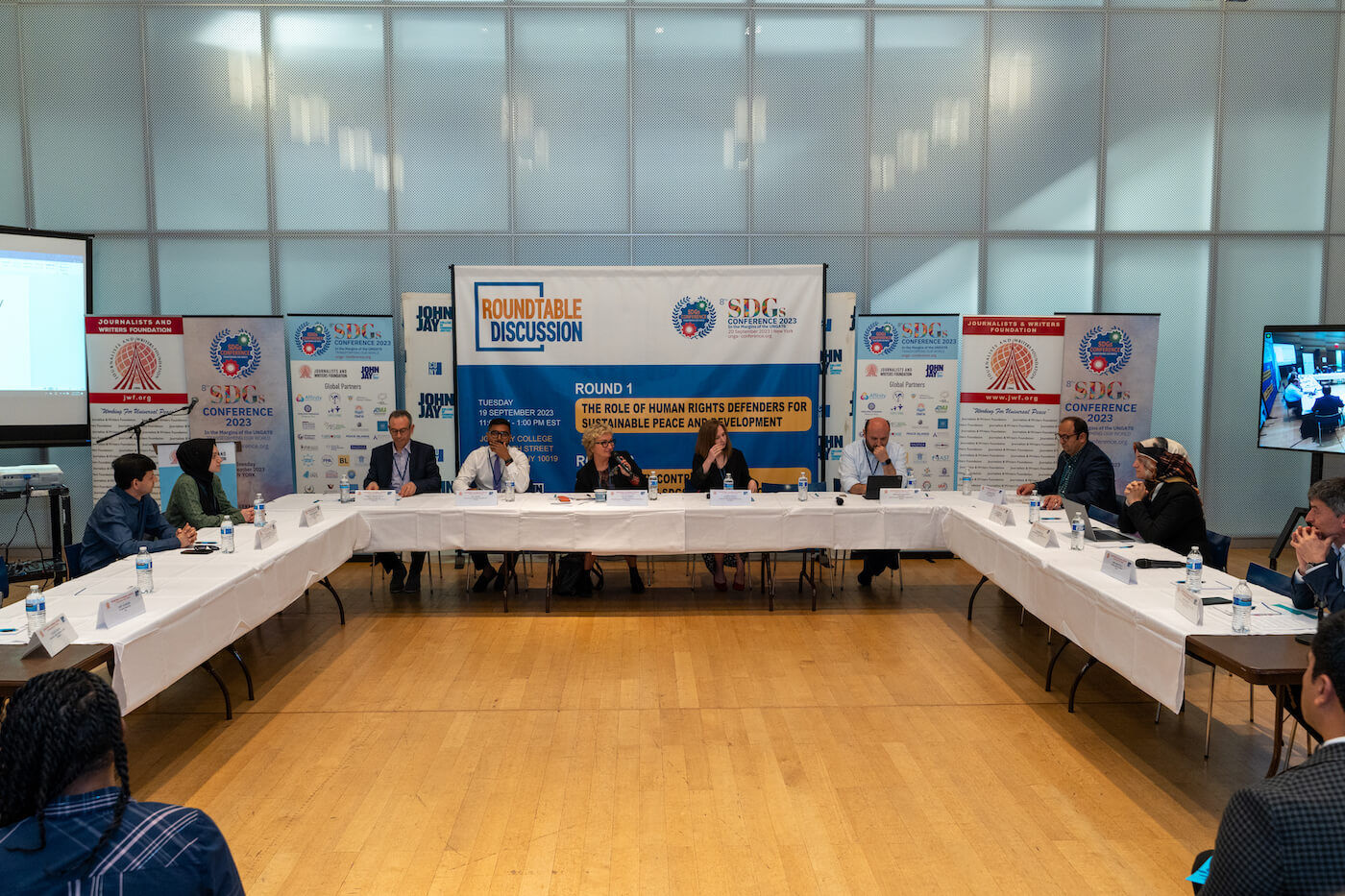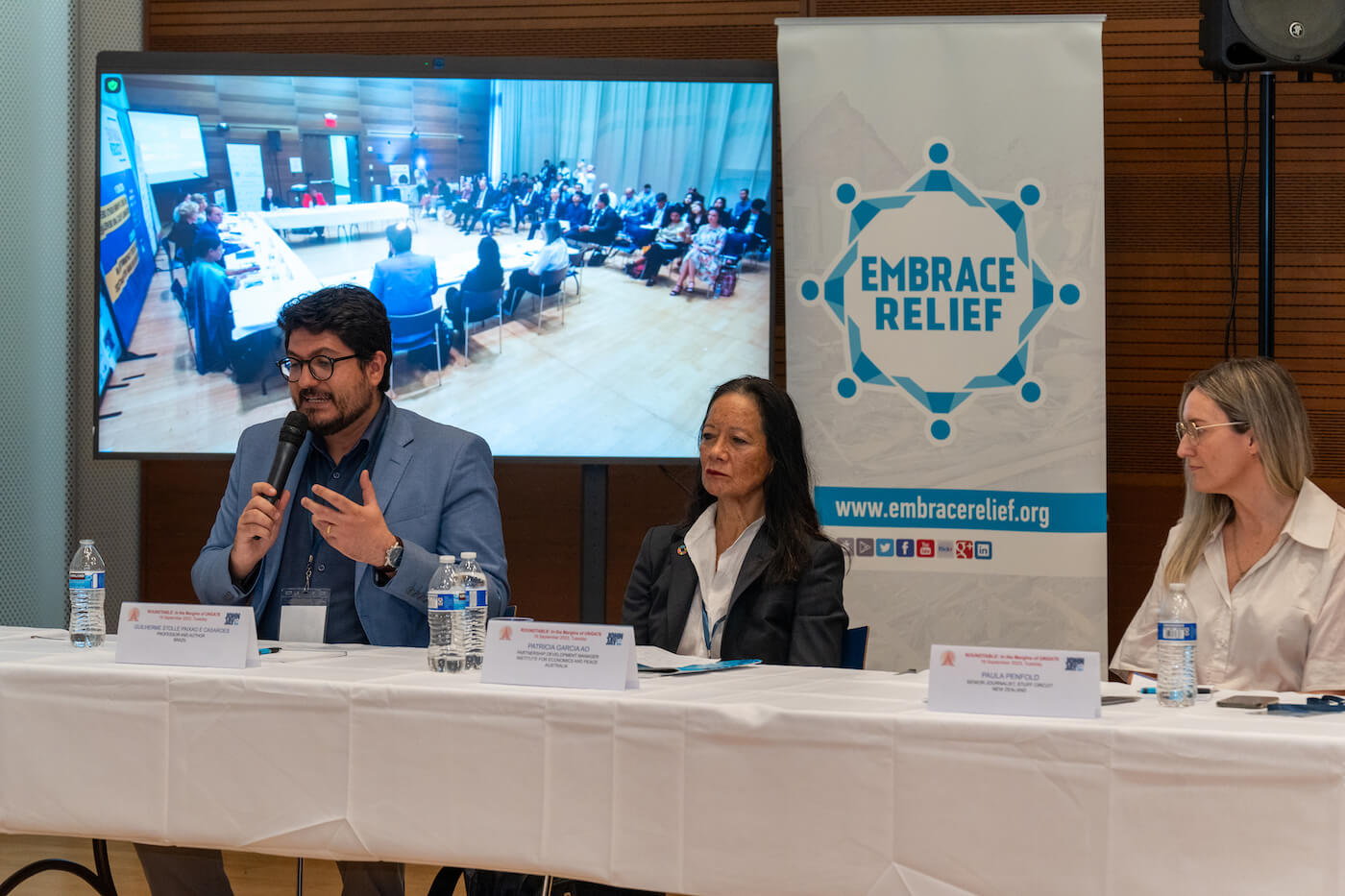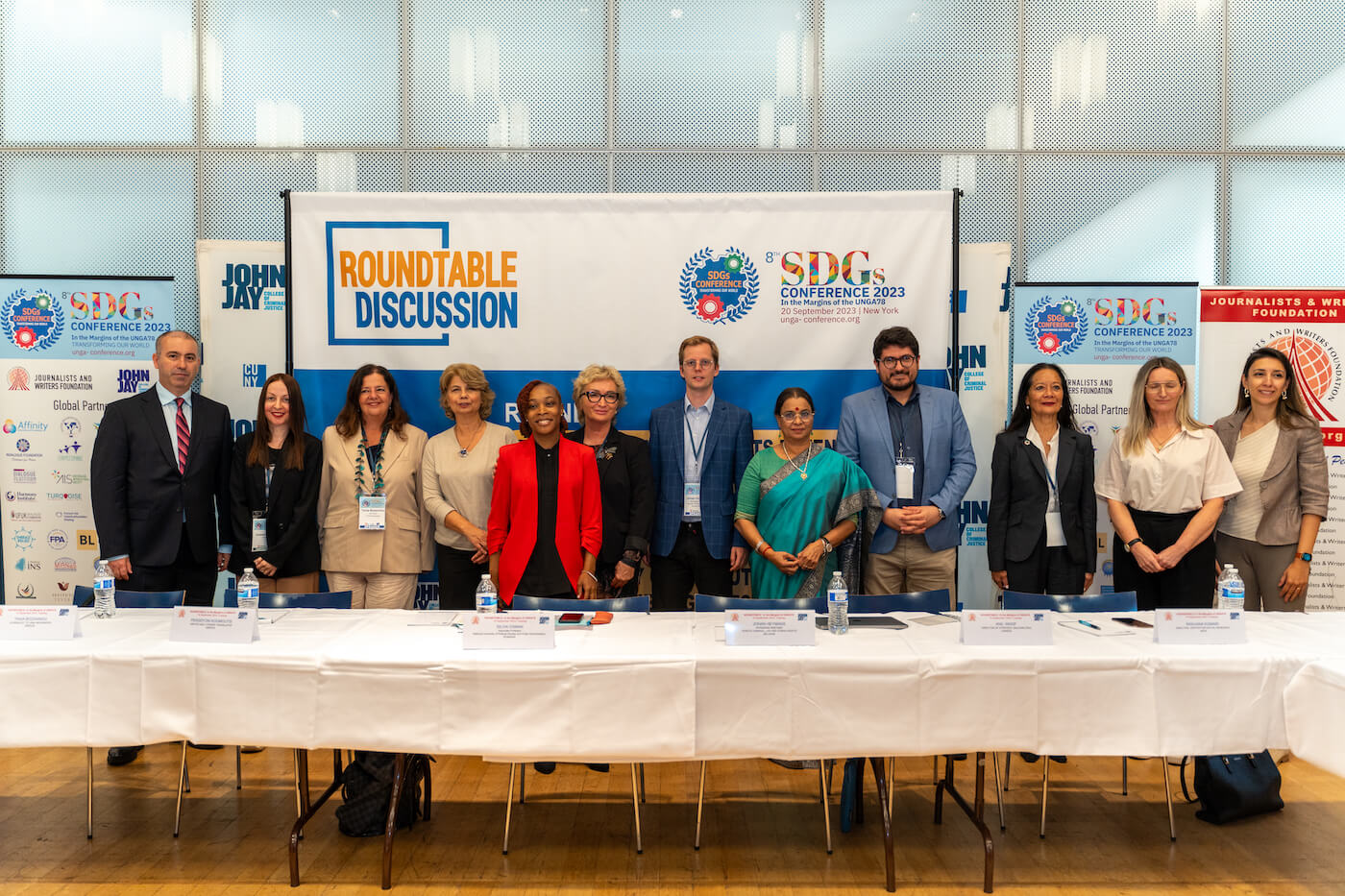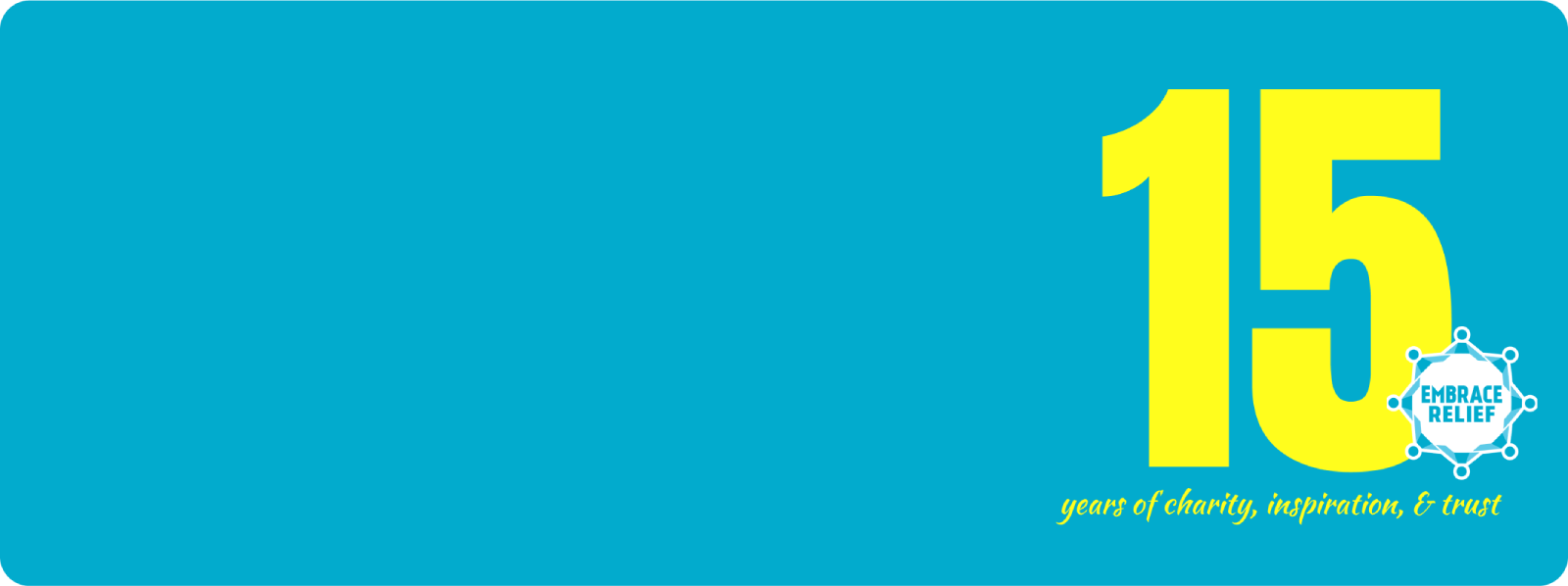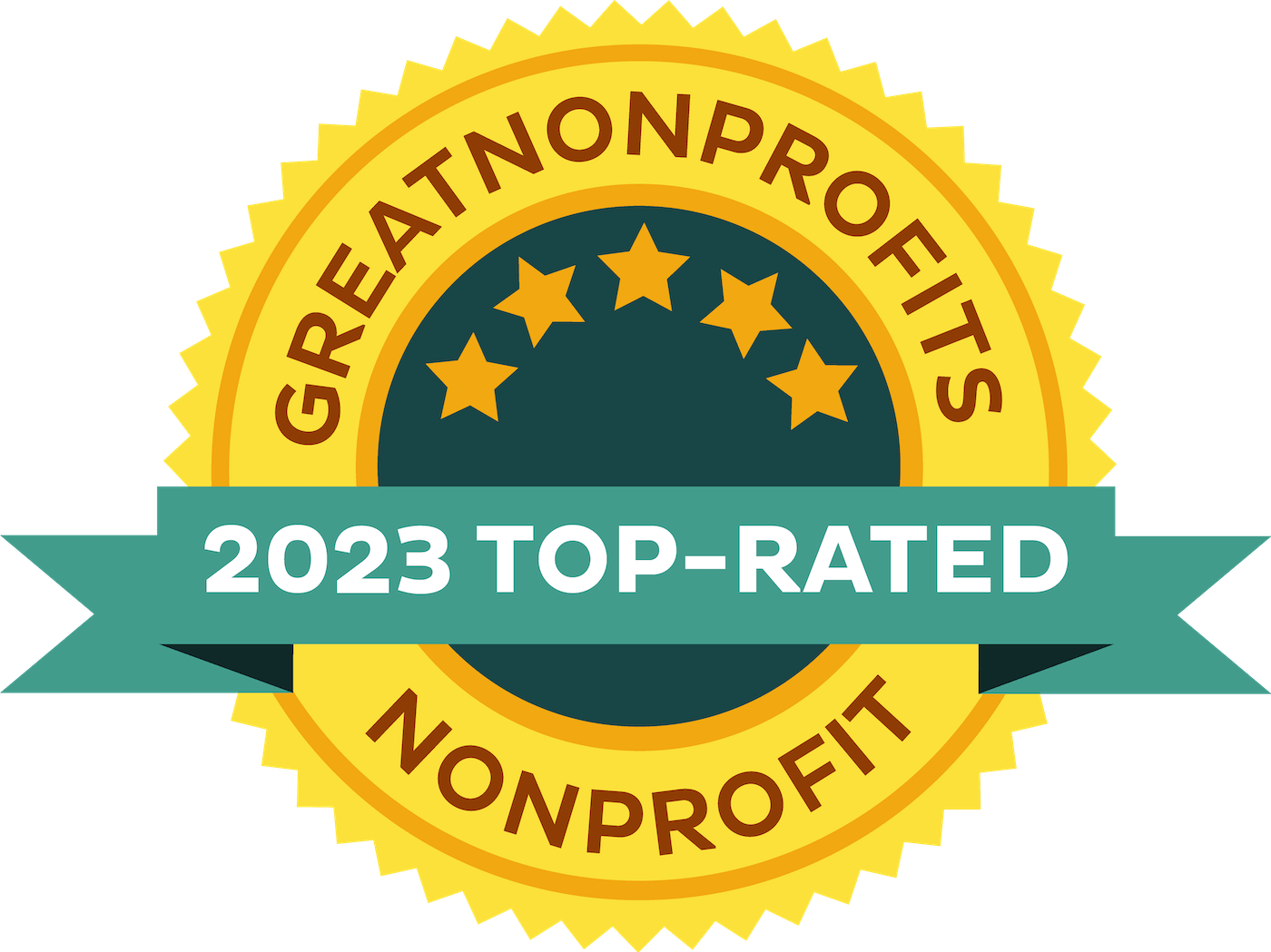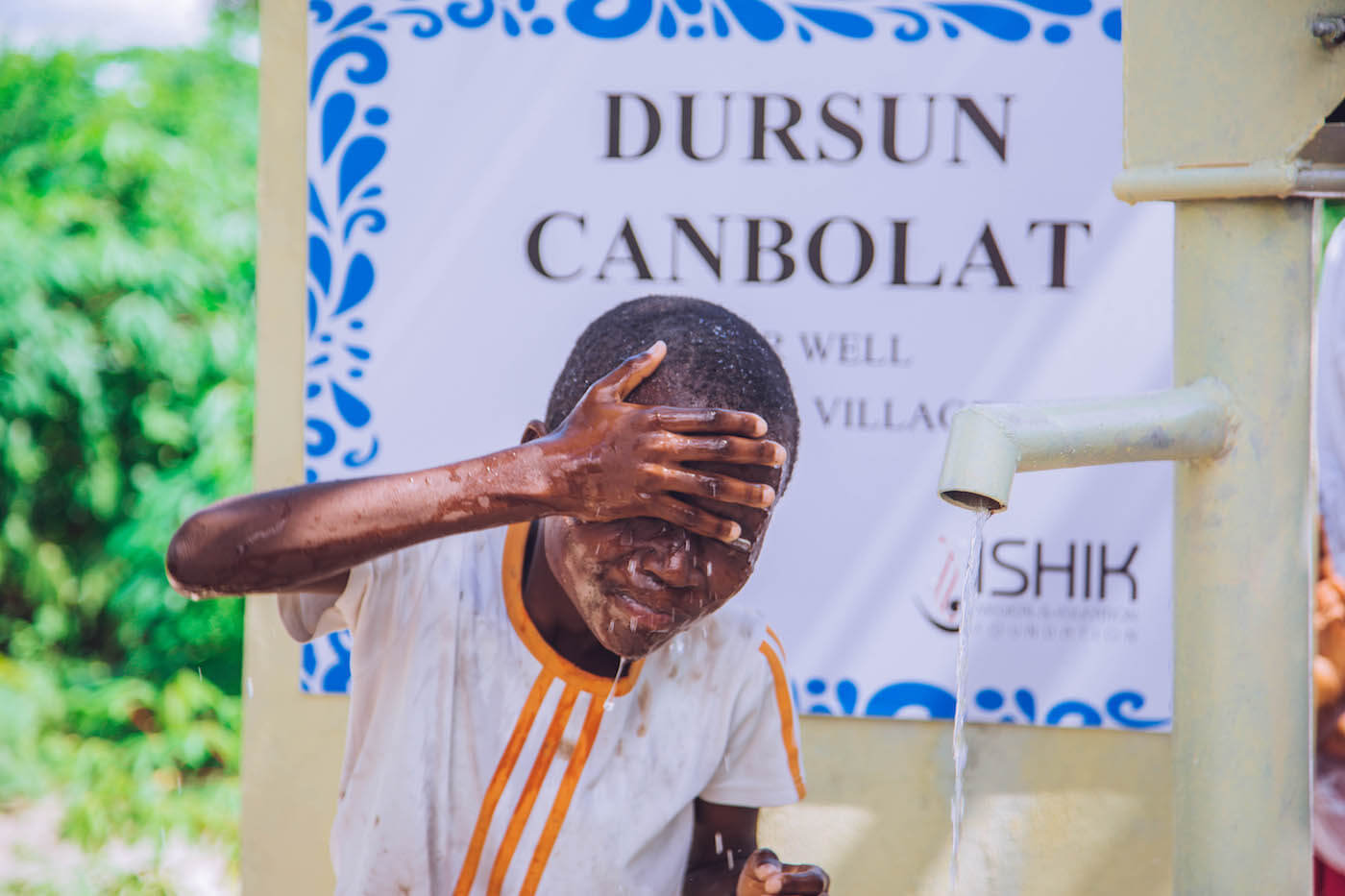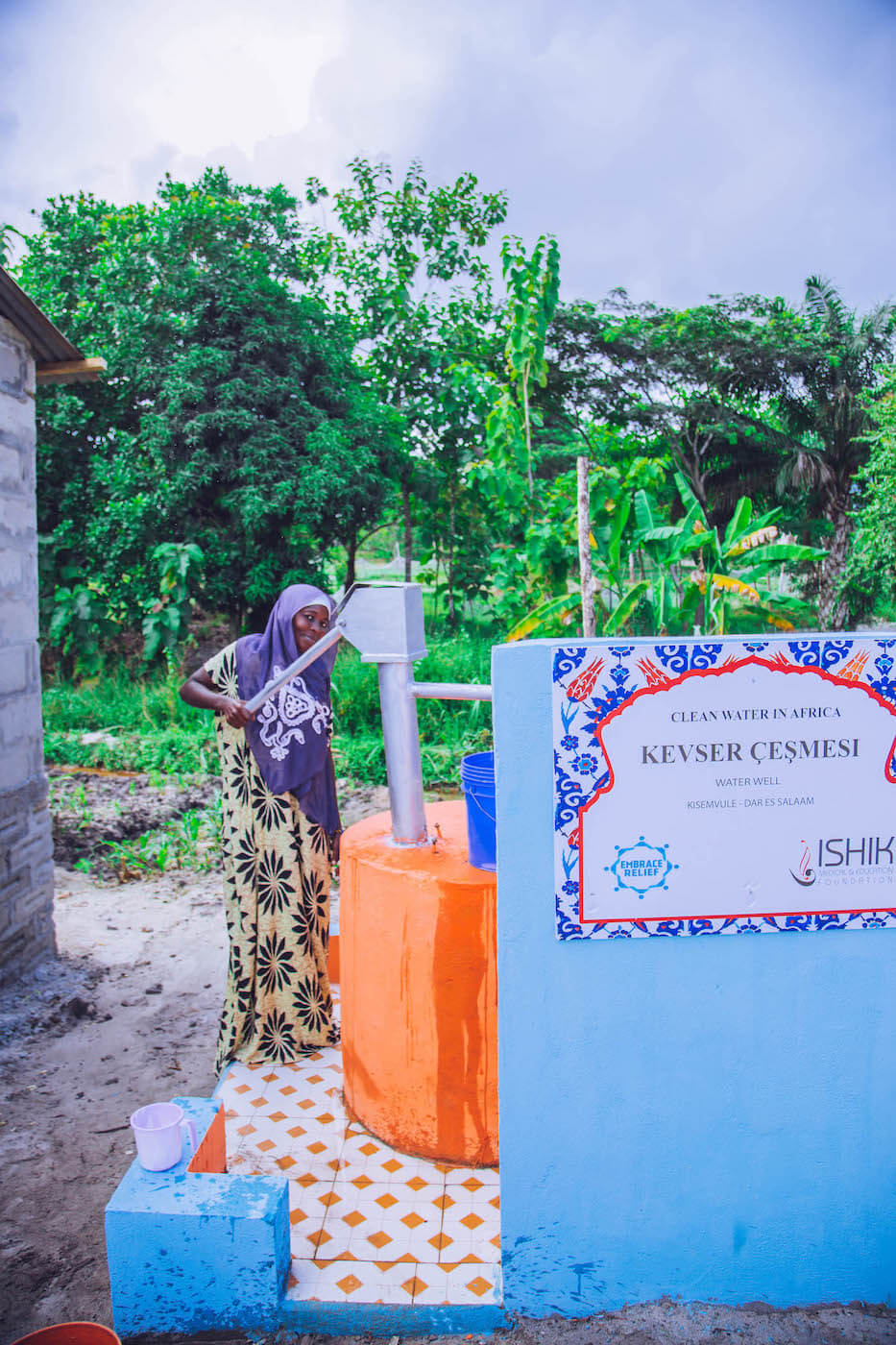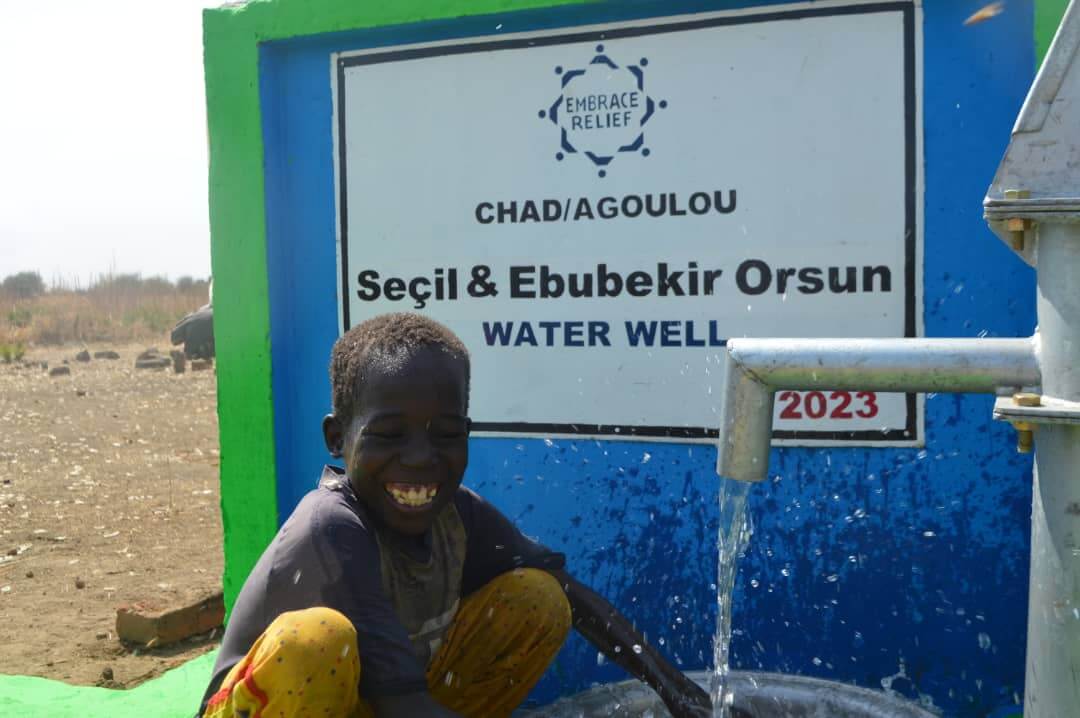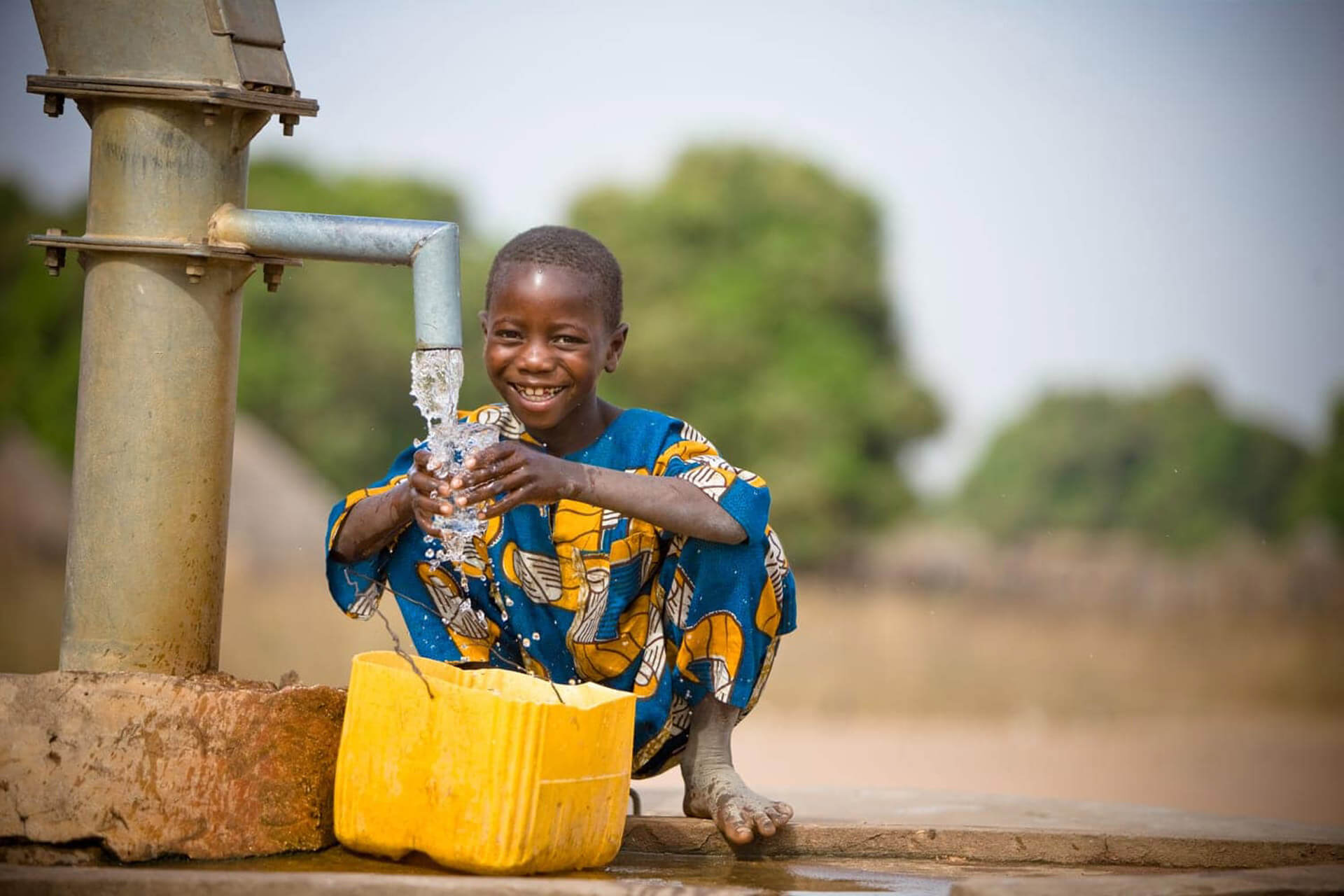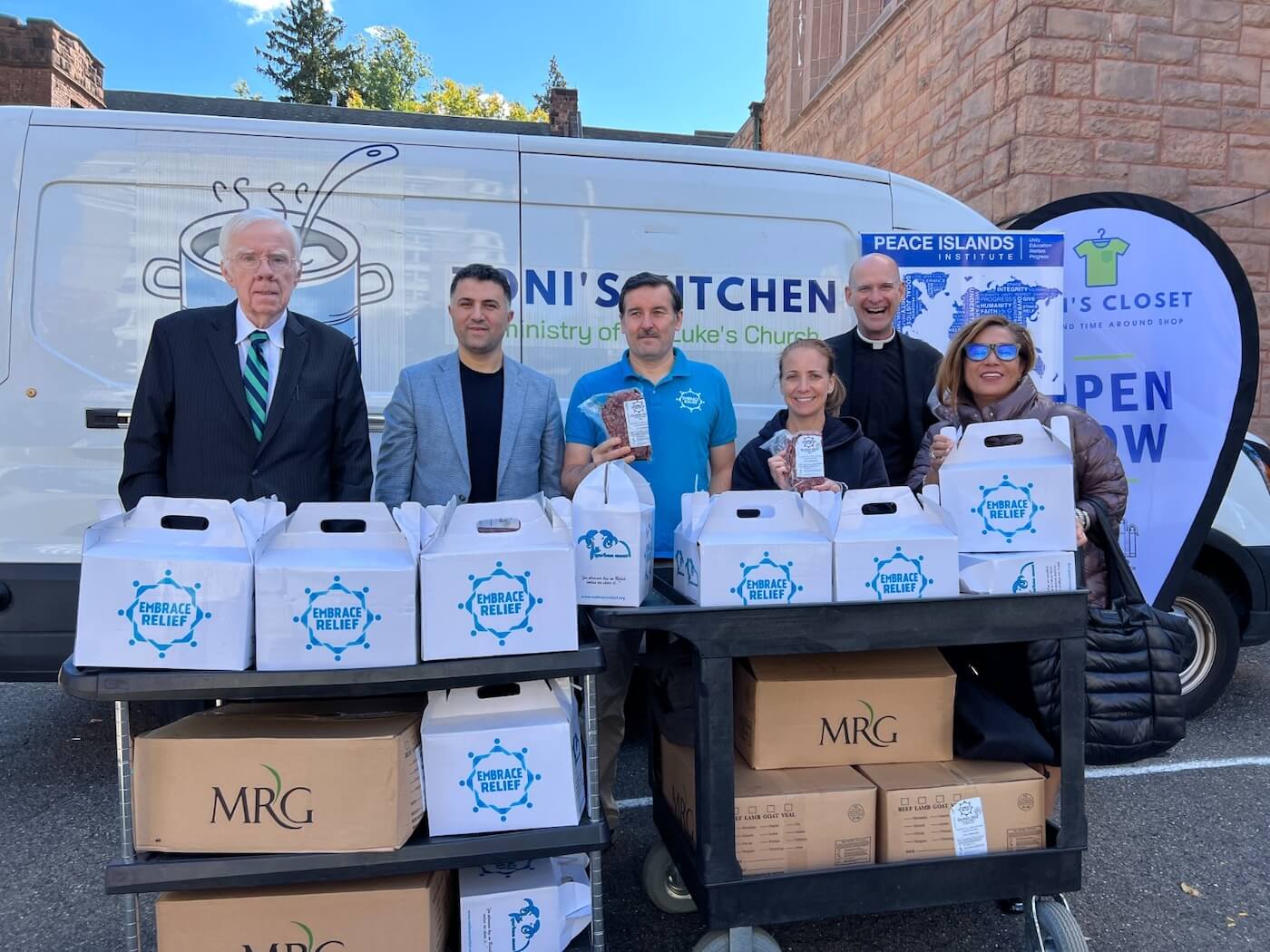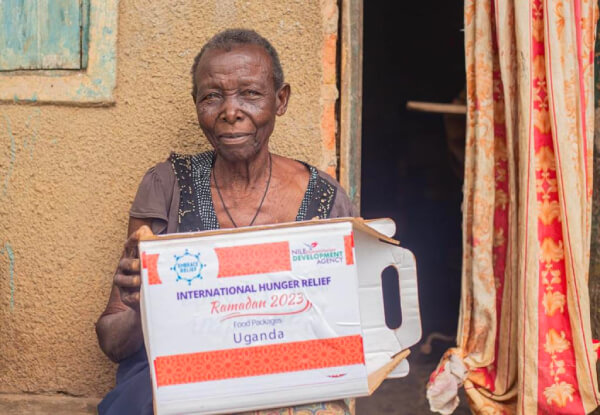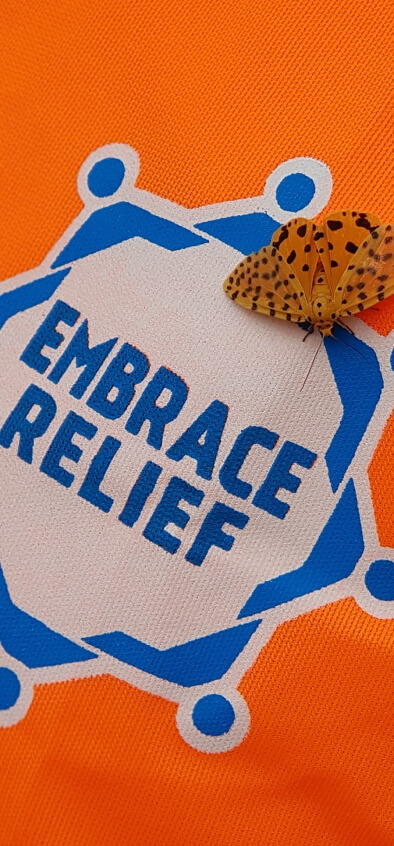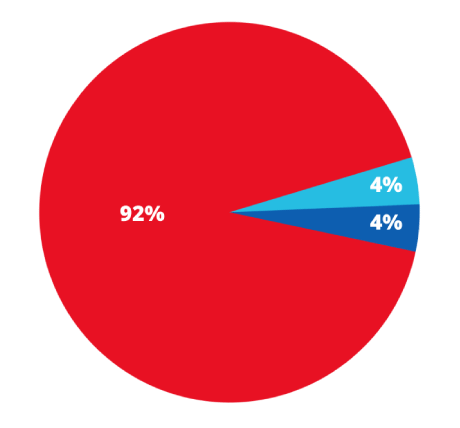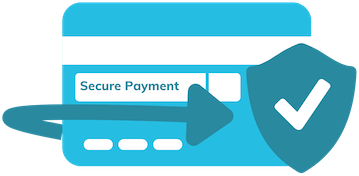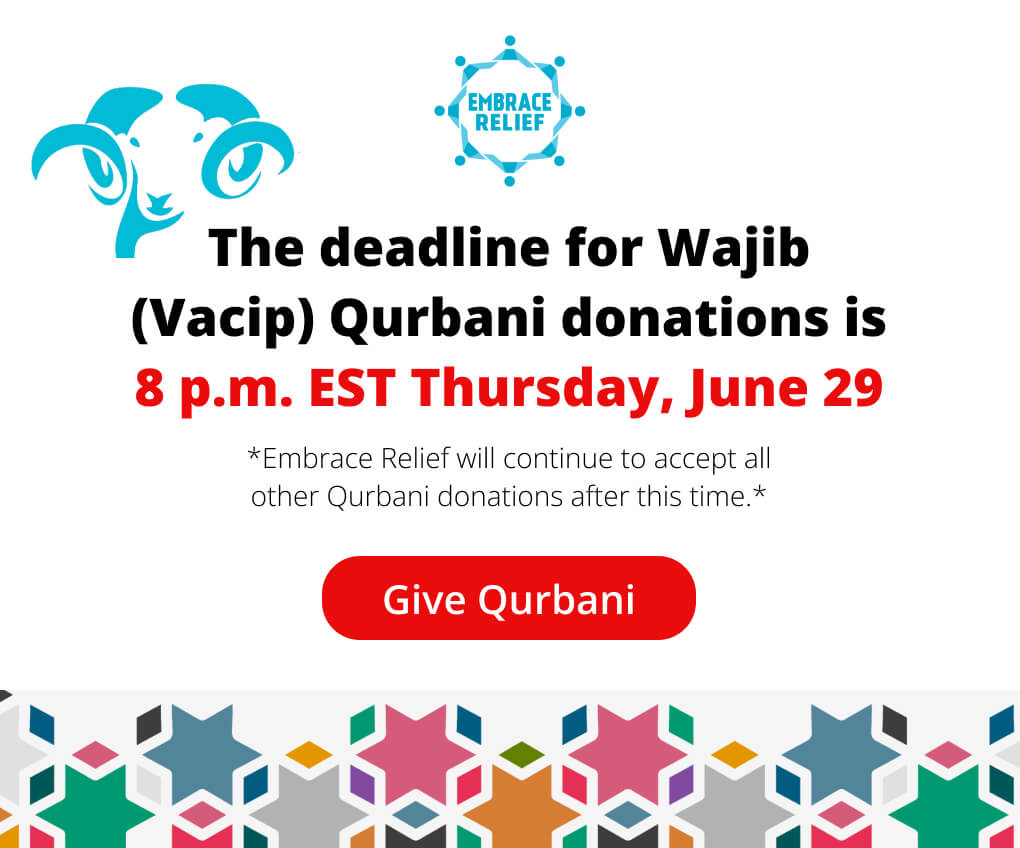Summary
- Learn how to make your own homemade bread with our easy-to-follow recipe.
- Then, learn about how you can support Embrace Relief as we aim to share bread with people in Yemen this holiday season.
Bread: The Universal Food
Bread is a food for all occasions, seasons, and times of day. From toast at breakfast to sandwiches for lunch, and as an accompaniment for soups and salads during dinner, it adapts to various culinary contexts. It can star in celebratory feasts, like the stuffing we eat at Thanksgiving or as the foundation of a burger at a summer barbecue.
You can find good bread almost anywhere, but there’s something special about crafting your own. Baking homemade bread is a fun, simple and delicious task that can be done by just about anyone, just about anywhere. But what if I’m a beginner at baking? How do I make my own bread? Even if you’re just learning, simply follow our recipe below and soon you’ll have created a special, delicious loaf of bread of your own.
Before we begin, we would also like to ask you to help Embrace Relief share bread with others in need around the globe. At the end of this piece, we’ll tell you about our Breaking Bread With Yemen campaign, which is providing fresh bread to tens of thousands of Yemenis who are struggling due to the decade-long conflict there. You can donate to support this wonderful cause by clicking the red button below:
or you can read on to the end to learn more. But first, let’s bake some delicious bread!
Homemade Bread Recipe for Beginners
Total Time: 3-4 hours
Preparation Time: 15 minutes
Rising Time: 2-2.5 hours
Baking Time: 30-35 minutes

Ingredients:
- 4 cups all-purpose flour
- 1 tablespoons active dry yeast
- 2 teaspoons sugar
- 1 1/2 teaspoons salt
- 1 1/2 cups warm water (about 110°F or 43°C)
- Note: If your water is too hot, it will kill the yeast and result in dense, flat bread.
- 2 tablespoons vegetable oil
Equipment:
- Large mixing bowl
- Large kneading bowl
- Wooden spoon or spatula
- Clean kitchen towel
- Plastic wrap
- 9×5-inch loaf pan
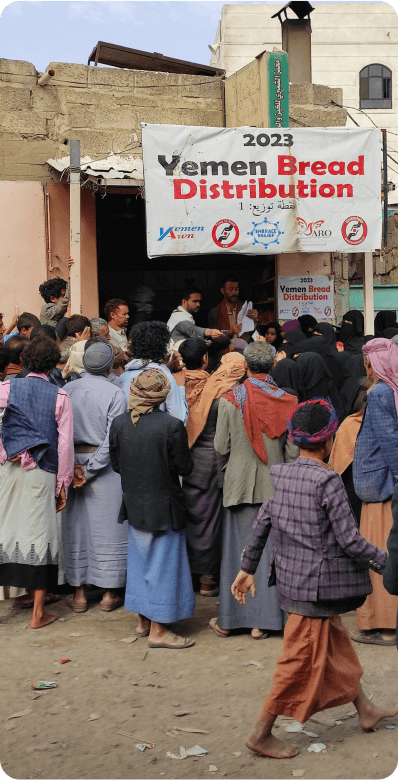
Instructions:
1. Gather your supplies
Before you begin, make sure you have all the above ingredients and equipment ready
2. Active the yeast
In the large bowl, dissolve the sugar in the warm water. Once dissolved, stir in the yeast. Let it stand for about 5-10 minutes, until the mixture becomes frothy.
3. Combine ingredients
Once the mixture is frothy, add the salt and oil into the large bowl. Begin by adding 3 cups of flour and mix with the spatula or spoon to combine. Mix in more flour, one cup at a time, until the dough pulls away from the side of the bowl. You may not need to use all 6 cups of flour; once the dough pulls away, you have completed this step.
4. Knead the dough
Place the dough on a lightly floured surface, and knead with your hands for approximately 7-10 minutes. This involves folding the dough in half, pushing it down with the heel of your hand, and turning it a quarter turn. Once the dough is smooth and elastic, and only slightly sticky, you have completed this step.
5. First rise
Form the dough into a ball and place it in a lightly oiled bowl. Cover the bowl with a clean kitchen towel or plastic wrap. Allow the dough to rise for about 60-90 minutes in a warm, draft-free place. It should double in size. During the last 15-20 minutes of this process, preheat your oven to 375°F (190°C).
6. Shape the dough
Punch down the risen dough to release any air bubbles, and knead for 1 minute on a lightly floured surface. Shape the dough into a loaf that is roughly the same width as your loaf pan.
7. Second Rise:
Place the shaped dough into a greased 9×5-inch loaf pan. Cover the pan with the towel or plastic wrap again and let the dough rise for another 30-45 minutes. The top of the bread should be about 1 inch above the pan.
8. Bake the Bread:
Remove the cover and place the loaf pan in the preheated oven. Bake for 30-35 minutes, or until the bread is golden brown and sounds hollow when tapped on the bottom.
9. Enjoy!
Carefully remove the bread from the pan and let it cool on a wire rack for at least 30 minutes. Once cooled, slice and enjoy your homemade, handmade bread with whatever spreads or toppings you prefer.
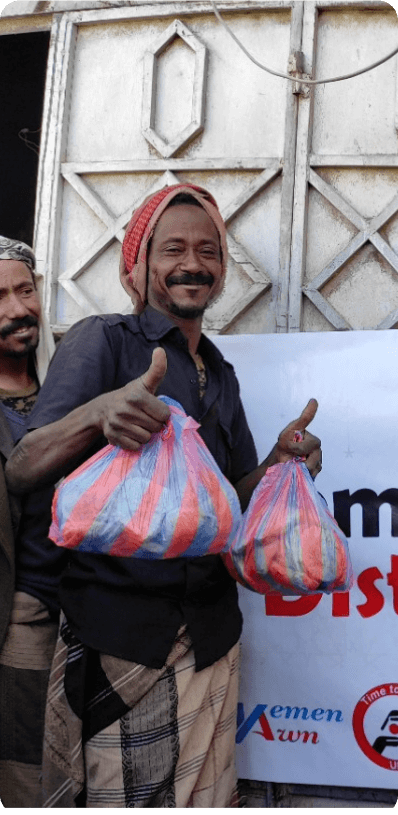
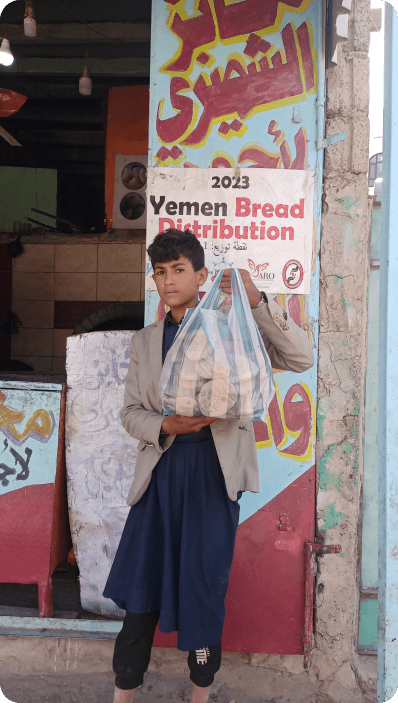
Share your bread with our friends in Yemen!
The pleasant scent and delicious taste of a fresh loaf of bread is a reminder of the abundance we share, especially during the holiday season. What if you could share your bread with those less fortunate?
Now, you can, thanks to Embrace Relief’s Breaking Bread With Yemen campaign. This campaign is raising money to support the operation of bakeries in Yemen’s capital city, Sanaa, which is supplying freshly baked bread – just like the bread you’re making today – to more than 100 families every single day.
The conflict in Yemen is nearing the end of its 10th year, and the resulting humanitarian crisis continues to affect most of the country. An estimated 17 million people, more than half of the Yemeni population, are food-insecure and at risk of severe short- and long-term effects of hunger and malnourishment. Additionally, more than 2.2 million children are unable to meet their nutritional needs on a daily basis, which puts them at risk for stunted physical, mental and emotional development.
Embrace Relief’s bread distribution program is doing its part to ensure that the people of Yemen receive the food they need for as long as the crisis continues. But we can’t do it without you.
Donate today to our Breaking Bread With Yemen campaign in the donation box below. Every dollar matters – just $100 will feed a Yemeni family for an entire month. This holiday season, give the gift of bread to a family in need!
